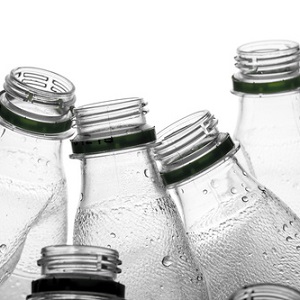SANITIZED AG Offers Non-biocidal Technology with Bluesign® Sustainability Label

Polyester sport and functional textiles treated with Sanitized® Odoractiv 10 are protected against “permastink”. Already a holder of the Swiss Technology Award, the Sanitized® Odoractiv 10 odor-management technology can now carry the bluesign® sustainability label, the Skin Friendly certification from the Hohenstein Institute and the ECO PASSPORT by OEKO-TEX® label. SANITIZED AG has been a bluesign® system partner for over 10 years. Odor-free Polyester Functional Clothing An unwelcome odor can quickly develop in polyester sport and functional clothing, even if freshly washed. This is “permastink”. It’s a challenge to the textile industry as it generally reduces the attractiveness and market opportunities of sport and functional clothing made from polyester. The patented, non-biocidal Sanitized® Odoractiv 10 technology provides specific solutions and sales arguments for the end products. It works in two ways: The odor-causing bacteria can’t stick to the textile



